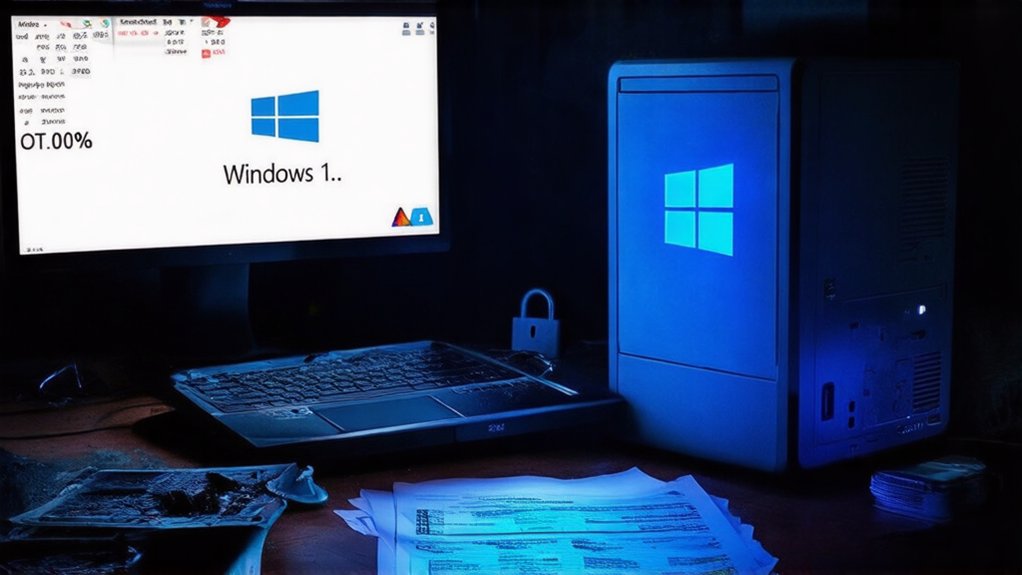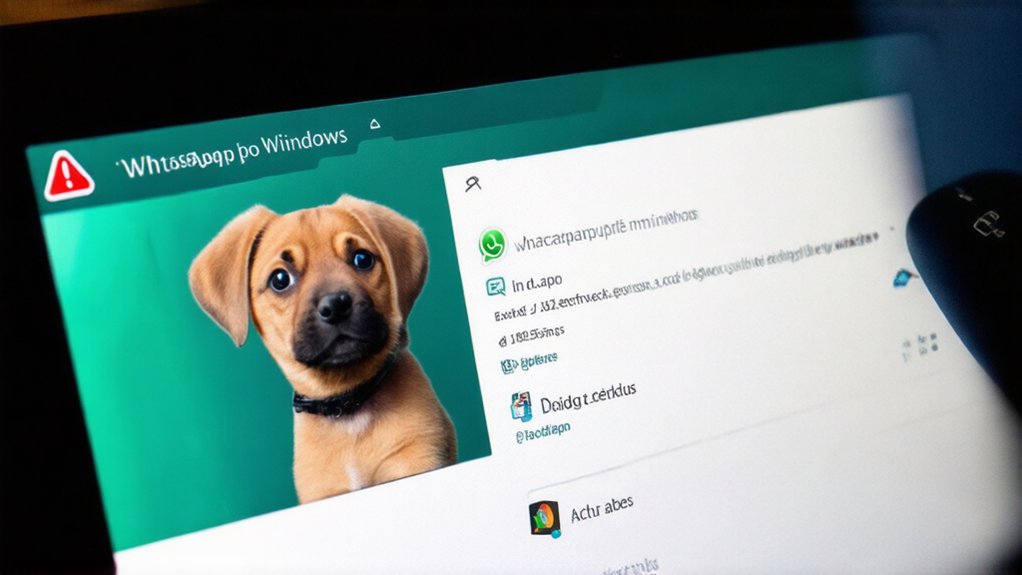While Microsoft touts Windows 11 as its most secure operating system yet, users face a minefield of potential hazards when upgrading. The company’s latest OS comes with strict hardware requirements like TPM 2.0, leaving millions of devices in the dust. Tough luck if your computer is more than a few years old. Those who try to bypass these requirements? They risk losing security updates entirely. Not exactly a brilliant move.
The timing couldn’t be worse. Windows 10 support ends October 2025, creating a perfect storm for users with older hardware. Upgrade or face the consequences: a computer vulnerable to every new threat that emerges. For businesses, this translates to a financial nightmare. New hardware. Software licenses. Employee training. The bill adds up fast.
Then there’s the privacy angle. Windows 11’s Recall feature constantly takes screenshots of everything you do. Everything. Just imagine that data in the wrong hands. Microsoft swears it’s secure, but we’ve all heard that one before. The increased attack surface from new features doesn’t exactly inspire confidence either.
Compatibility issues plague the new OS. That printer you rely on? The specialized software for your business? No guarantees they’ll work. Drivers disappear, legacy systems falter, and suddenly simple tasks become impossible. IT departments are already bracing for the support ticket tsunami.
The learning curve is real too. Windows 11’s redesigned interface means productivity takes a hit while everyone figures out where Microsoft moved the Start button this time. Users resist change. They always do.
Migration itself carries substantial risk. Data transfers go wrong. Systems crash mid-update. It’s a gamble many organizations aren’t keen to take. A carefully planned phased rollout can minimize disruptions, but many businesses lack the resources to implement this approach effectively.
Microsoft’s forcing users into an uncomfortable choice: embrace Windows 11 despite its flaws, stick with an increasingly vulnerable Windows 10, or abandon the platform altogether. Cybersecurity experts have expressed significant distrust in Microsoft regarding how user data is actually used. For a company that dominated computing for decades, it’s a strategy that feels surprisingly shortsighted. Almost reckless.




